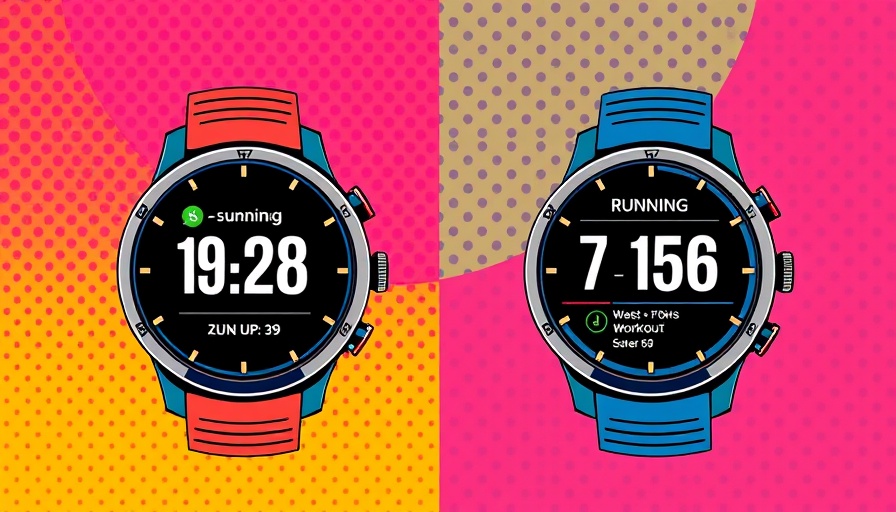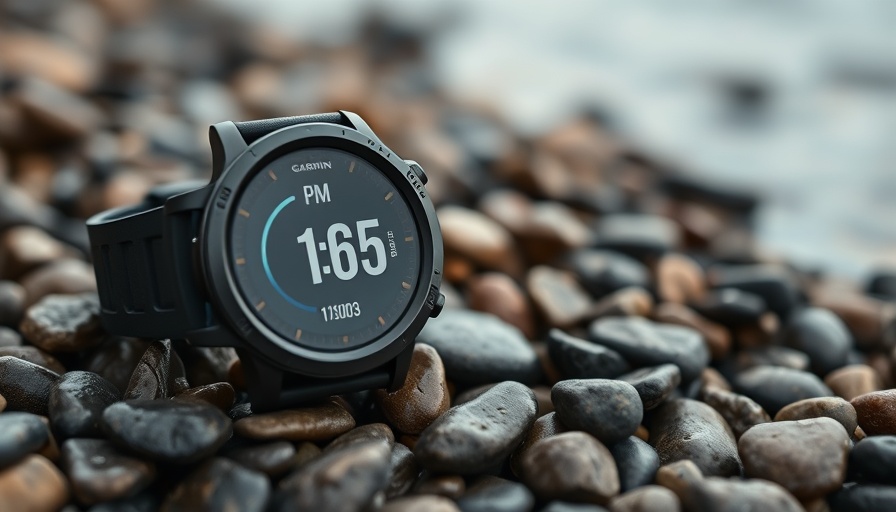
Understanding the Differences: Garmin Forerunner 165 vs. Forerunner 265
Garmin continues to innovate in the fitness tracker space, and their latest offerings, the Forerunner 165 and Forerunner 265, are no exceptions. Both models boast impressive features tailored for runners and fitness enthusiasts, leaving consumers with important decisions to make before purchasing. This article will help simplify the comparison by highlighting key elements that set these two devices apart and providing insights that can aid potential buyers in making an informed choice.
Feature Breakdown: Which One Has the Edge?
The Forerunner 165 targets serious runners with advanced training metrics and a focus on performance. It includes features such as a built-in heart rate monitor, GPS tracking, and detailed running dynamics. Users looking to track their progress with analytics will appreciate the expansive data these features can provide.
On the other hand, the Forerunner 265 caters to a broader audience that values more than just running metrics. This model includes integrated music storage and smart notifications, making it a versatile companion for daily wear beyond fitness sessions. The additional functionalities highlight Garmin's commitment to catering to a lifestyle that balances both fitness and convenience.
Customization and User Experience
Another critical point of comparison lies in the software and customization options of both devices. The Forerunner 265 uses the latest Garmin operating software, packed with custom watch faces and app options accessible via the Connect IQ Store, allowing users a tailored experience. The Forerunner 165, while still customizable, does not offer the same breadth of options, which may influence prospective buyers looking for a personalized gadget.
Pricing and Value Insights
When it comes to pricing, the Forerunner 265 generally carries a higher price tag due to its additional features. However, buyers should weigh the cost against their fitness goals and how frequently they'll utilize the advanced features. For dedicated runners primarily focusing on performance, the Forerunner 165 might be the wiser investment. In contrast, those desiring a well-rounded smartwatch experience alongside their fitness regime may find better value in the Forerunner 265.
Future Trends in Fitness Technology
The tech landscape is continuously evolving, particularly in wearable technology. As Garmin expands its lineup, we can anticipate future enhancements across both the Forerunner series and other smart devices. The incorporation of more AI-driven analytics, health metrics, and improved battery life is likely on the horizon. Consumers can look forward to smarter, more efficient devices that enrich their training experiences.
Conclusion: Selecting the Right Fit for Your Needs
Ultimately, the decision between the Garmin Forerunner 165 and Forerunner 265 should align with your fitness goals and lifestyle preferences. Serious runners will likely favor the performance-oriented Forerunner 165, while casual athletes or those pursuing a versatile smartwatch experience might lean towards the Forerunner 265. As technology advances, staying informed about the latest innovations will empower consumers to choose devices that meet their needs. Investing in a fitness tracker is not merely a purchase but a step towards enhancing your overall wellness journey.
 Add Row
Add Row  Add
Add 




 Add Row
Add Row  Add
Add 

Write A Comment